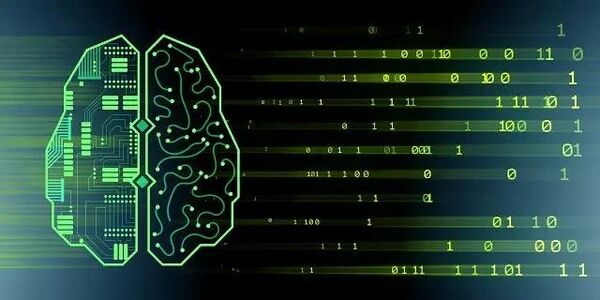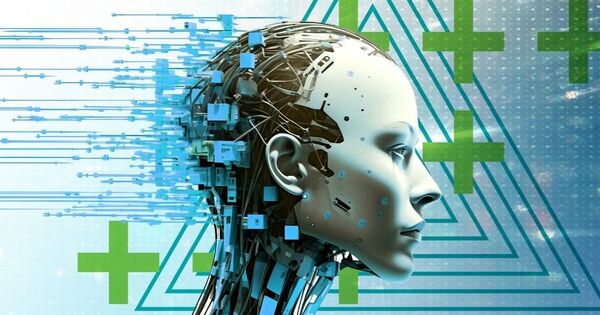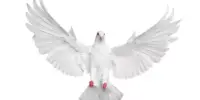Cultivating creativity in classrooms is critical for a future powered by artificial intelligence. While teachers see creativity as an important 21st-century talent, a lack of rigorous and reliable creativity exams makes it difficult for schools to assess student success.
Now, a new machine-learning model developed by the University of South Australia gives schools access to high-quality, fit-for-purpose creative tests that can be scored in a fraction of the time and expense.
Applied to the current empirical creativity test – Test of Creative Thinking – Drawing Production (TCT-DP) — the new algorithm marks a test in a single millisecond, as opposed to the standard 15-minute human-marked test.
The development could save teachers thousands of hours in an already overloaded schedule.
Testing for creativity opens up an avenue beyond more traditional intelligence testing. Testing for creativity helps identify students who may have abilities that do not show up on traditional approaches to testing in school.
Dr Marrone
Prof David Cropley, lead researcher at UniSA, believes the algorithm represents a game-changing innovation for schools. “Creativity is an essential skill for the next generation, particularly because it is a skill that cannot be automated,” Prof. Cropley explains.
“However, due to a lack of economical and efficient techniques for measuring creativity in schools, kids are either not evaluated or graded subjectively, which is uneven and unreliable. The TCT-DP test has long been recognized as the best instrument for assessing creativity in school-aged children, but it is prohibitively expensive, slow, and labor-intensive for most schools.”
“Our algorithm changes this. Not only is the cost of running the algorithm reduced by a factor of more than 20, but the results are fast and incredibly accurate. For example, a manually scored test for a school with 1000 students would cost approximately $25,000 and require about 10-weeks to receive test results; with UniSA’s algorithm, the same testing could be conducted for approximately $1000 with results delivered in 1-2 days.”
“This puts the test within direct reach of schools and teachers, giving them the means to assess creativity accurately and cheaply.”

Co-researcher, UniSA’s Dr Rebecca Marrone says the capacity to test and measure creativity has additional benefits for students who are sometimes overlooked.
“Testing for creativity opens up an avenue beyond more traditional intelligence testing,” Dr Marrone says.
“Testing for creativity helps identify students who may have abilities that do not show up on traditional approaches to testing in school. For example, a child who does poorly on traditional IQ tests, but is highly creative, could easily slip through the cracks.
“Developing creativity also protects children on the lower end of the achievement spectrum by training them in a skill that is not vulnerable to automation, which can help buffer them against the effects of digital transformation.”
The algorithm is currently being turned into a desktop tool that instructors can use in the classroom. Prior to this, classroom teachers interested in adopting the TCT-DP are encouraged to contact the UniSA team to explore their requirements.
















